Beauty & vitality
Our appearance is a reflection of our inner well-being.
Healthy beauty from the inside
You attach importance to a vital, fresh appearance, wish for a constant feel-good weight, radiant skin, shiny hair and healthy nails?
Then you should not only give your body the necessary attention, but also your mind and your health. Because healthy beauty literally comes from within.
Nutrition in particular plays a decisive role in your attractive and healthy appearance. Anyone who eats conscientiously and pays attention to the quality of food they eat has already taken the first step. However, your rhythm of life and your own self-appreciation have an enormous influence on your well-being. Treat yourself to pleasurable moments for body and soul – and treat yourself gently – for a fulfilled and happy life also requires a positive attitude.

Simple tips for a better quality of life
- A balanced diet with whole grain and dairy products, fruit and vegetables as well as sufficient fluids in the form of water are the foundation for vitality, health and a radiant appearance.
- Vegetable oils, nuts, seeds and fatty fish are rich in poly-unsaturated fatty acids. They ensure vital, supple skin and protect it from drying out.
- Blueberries, raspberries, elderberries, currants, aubergines, spinach and chard are particularly rich in plant antioxidants. These protect the skin from free radicals, which are formed by environmental pollution, nicotine or intensive sun exposure.
- The right rhythm of life with sufficient rest and sleep supports all the regeneration processes in the body and leads to a feeling of increased well-being.
- Treat yourself to some wellness in your own bathroom: With an aromatic bath, you can address all your senses after a strenuous day and pamper your body, soul and spirit.
Further tips for a better quality of life
- Alternating showers stimulate your blood circulation and metabolism and are particularly suitable if you are in the menopause.
- Alkaline peeling removes dead skin particles and makes the skin smooth and soft. Don’t shower after the peeling and leave the alkali on the skin if possible.
- If your skin is very dry or cracked or if you suffer from skin problems such as neurodermatitis or psoriasis, we recommend alkaline baths for relaxation and cleansing. The channel system of the skin is opened in a gentle way and the natural function of acid and toxin excretion is supported.
- Ayurvedic treatment methods can also help you to reduce stress and gain energy for everyday life. Asian science aims to bring man into harmony with nature and his inner being.
With Ayurveda into total relaxation
Stress and excessive demands in everyday life can make you mentally and physically ill. With Ayurveda, the Indian science of “long life”, you focus your attention on inner balance and thus on one of the most important foundations for a healthy life.
Man consists of the whole body and soul – this is what the 5,000 year-old Ayurvedic art of healing is based on. If we do not live in harmony with nature and our inner being, we become ill. The reason: The three life energies, the so-called doshas, are then out of balance. With Ayurvedic treatment methods, Ayurvedic doctors help to harmonise “Vata”, “Pitta” and “Kapha” again.
The individually treatment can include, for example, yoga, meditation, herbal medicine, nutrition therapy, massages and oil applications.
Get to know your innermost needs
Fortunately, you don’t have to be ill to try Ayurveda! The art of healing has long since found its way into the world of wellness. During an Ayurvedic wellness treatment, you will increase your physical and mental well-being with oil treatments, massages and dietary rules. The effect can last a long time. You will learn a lot about your deepest needs through the in-depth self-analysis that Ayurveda teaches you.
Perhaps you’ll then ask yourself, “Which activities, food and human encounters are not good for me?” You will recognise your personal stress factors and become aware of the physical and emotional signs of overstrain and burnout. On this basis, integrating new, healthy habits into everyday life can improve your quality of life quickly and, above all, in the long term – simply because you start with your innermost needs.
How to integrate Ayurveda into your everyday life:
- Ensure that your daily routine is based on supporting structures. For example, get up early and always at the same time. First, drink a cup of hot water. Then yoga exercises or meditation could follow. During the day, make sure you have regular meals.
- Relaxation is just as much a part of life as work and activity. Plan fixed breaks every day. Ensure sufficient and regular sleep.
- Your body needs movement to stay smooth and in the flow. Daily yoga exercises, for example, will keep you healthy in the long term.
- Treat yourself now and then to an Ayurvedic relaxation treatment. The Shirodara forehead shower, for example, helps to relax the mind and soul. A jet of warm sesame oil is poured onto the patient’s forehead for up to 45 minutes. The continuous flow triggers calming impulses on the nerve cells and relieves tension on the brain’s membranes, brain nerves and the spinal column.
- The Abhyanga massage (“Loving Hands”) also helps to reduce stress. The four-handed oil massage is carried out with healing herbal oils, which also dissolve skin impurities in deep-seated layers of tissue. The Abhyanga massage harmonises all three doshas, helps to release waste products and balances nervous states of tension.

Tips for healthy skin
Our skin is very special. It not only receives countless impressions from the outside world, but also reveals feelings and moods from your inner world. The old saying holds true – the skin is the mirror of our soul. This makes it all the more important that we take good care of it, e.g. through baths and a healthy diet.
As the largest body organ, our skin takes over vital functions. It protects against sun, cold, radiation, dehydration and overheating. It is a respiratory and excretory organ in equal measure. It even recognises and destroys harmful micro-organisms that penetrate into its outer layer – and it often indicates what we’re feeling inside. We become “red with anger” or “pale with fright”, sweat with fear and excitement or get goose bumps in emotional situations.
In the case of neurodermatitis or psoriasis, psychological stress can lead to the outbreak of the disease or to a further relapse. Even our age can be seen on our skin. However, our skin is clear and radiant when we are relaxed and well rested and well nourished.
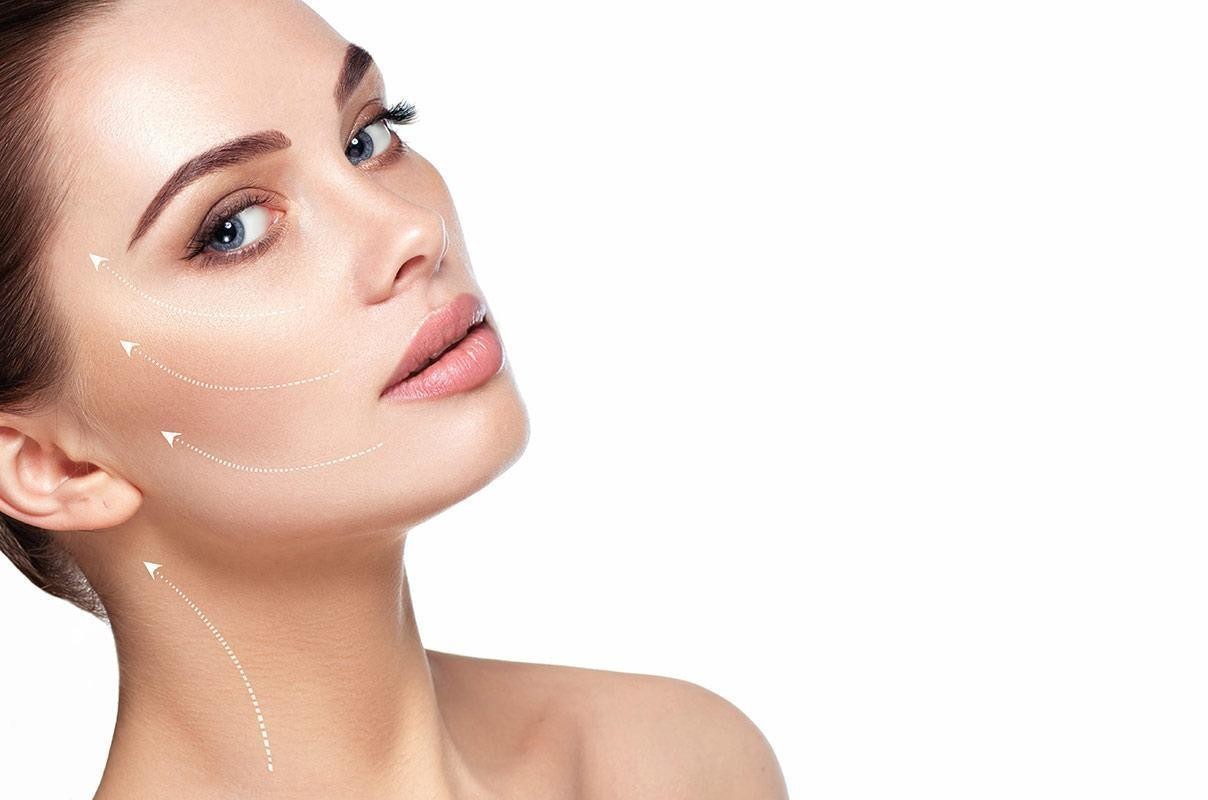
“Beauty comes from within” – how to help your skin look good
- Only with an intact acid mantle can your skin fend off harmful external influences and protect itself against infections, allergies, irritation and dehydration – so please don’t clean your skin with water alone, because it temporarily dries out the horny layer and disturbs the barrier function. It’s better to add a fat-replenishing substance to the water.
- Mix yourself a cleansing emulsion. Add two tablespoons of olive oil or linseed oil to a cup of milk, then simply add the mixture to the water at body temperature. Carefully dab dry afterwards – do not rub!
- Moisturising your skin with cream is absolutely necessary. Make sure, however, that everything you apply has a neutral to slightly acid pH value of approx. 5.5 to 5.7 – this will keep the protective acid mantle intact. Good skin care doesn’t have to be expensive, but the ingredients should be age-appropriate.
- Avoid too much UV light and make sure you apply a day cream with sun protection. UV light stresses the skin and causes it to age prematurely – and it also increases the risk of skin cancer. Natural sun protection can also be eaten! This is where the secondary plant substances, such as those found in carrots and tomatoes, can help. Continuity is also important: For at least 14 days, eat two tablespoons of tomato paste with a few drops of olive oil on your bread – and that will provide your skin with a natural sun protection shield that has a factor of 3 to 4.
Healthy skin through healthy nutrition
- Healthy nutrition is beauty medicine for the skin. Eat fresh fruit and vegetables with strong colours: Blueberries, raspberries, elderberries, currants, aubergines, spinach and chard are particularly rich in plant antioxidants and protect the skin from free radicals. The right oils and fats, such as linseed oil, protect against your skin drying out thanks to their poly-unsaturated fatty acids. Food with a lot of vitamin A (including many types of fruit & vegetables, egg yolk and oily fish like mackerel and salmon), increases skin thickness and improves the skin structure. Vitamin E prevents age spots and reduces the loss of moisture in the skin. It is particularly found in grains, nuts and vegetable oils such as wheat germ oil, corn oil and sunflower seed oil. And, as always, this is very important – drink enough! Water is the thirst quencher of the skin.
- And enough sleep is the be-all and end-all. Sufficient rest and recovery supports all the regeneration processes in your body and skin.
- Treat yourself to an overall healthy lifestyle! Smoking, excessive alcohol consumption, overweight, lack of sleep, stress and wrong nutrition determine (up to 40 percent!) how quickly our skin ages.
- And don’t forget that your skin loves exercise in the fresh air and lots of deep breaths!
Wellness for your home
Wellness doesn’t have to be expensive. Design your own personal feel-good program at home. Whether it’s daily short rituals or an extensive day of pampering – let yourself be inspired by our ideas. How about an aroma bath, for example?
Would you like to arrive in the enjoyable here and now after the stress of your work? Then address your sense of smell – the most mysterious of all our human senses. The information taken in through the nose immediately reaches the brain regions for memory and emotions – so odour information has a direct effect on our emotional life. Since we have an “olfactory memory”, a scent can influence our mood and bring long-forgotten experiences back to mind. Fragrances that bring back nice memories positively influence our immune system and our psyche.
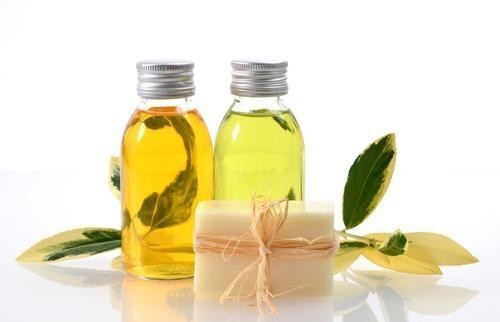
Aromatic oils are easy to use
Aroma applications are particularly well suited for your wellness programme at home. They are based on aromatic oils, the fragrant substances of plants, and are obtained from flowers, leaves, pine needles, stems, resins, fruits, fruit peels, tropical grasses, roots and seeds.
How it works:
- If you don’t have an aroma lamp, just put a few drops of aromatic oils in a bowl of water and place it on a heater to evaporate.
- You can also add a few drops of different plant aromas to conjure up true fragrance compositions for your personal massage oil.
- Aroma baths are particularly relaxing. The essences are not only absorbed through the nose, but also through the skin.
More suggestions for your wellness program at home
- First a footbath, then an extensive manicure and pedicure – a nice program for a cosy Sunday afternoon!
- Take your time and spoil yourself. You’re tired? Then sleep. Would you like to spoil yourself with a great book? Then do it – best of all on your comfy sofa. Would you like to indulge in some culinary delights? Take plenty of time for shopping and preparing the food. You just need some peace & quiet? Then turn off your TV and phone and enjoy.
- Wellness for two is more your thing? Mutual oil massages are a good idea here.
Balanced eating – but with enjoyment!
A balanced diet is the basis for beauty and well-being. What you eat is important – but also how you eat. Read our recommendations for tasty and healthy meals here.
Our tips for a healthy diet
- Herbal products should be the focus of your diet, because they contain many healthy vitamins, minerals, fibre and secondary plant substances. A good guideline is five servings of vegetables and fruit a day. Buy the products as fresh as possible. If you cook vegetables only briefly and gently, many nutrients and the natural taste will be preserved.
- Take at least 30g of fibre daily, preferably whole grain products. The indigestible fillers play an important role for our metabolism, e.g. they lower the blood fat values and help the body to eliminate cholesterol.
- Meat, on the other hand, should only be consumed in small quantities.
- Eaten once or twice a week, fish supplies you with healthy omega-3 fatty acids, high-quality protein, iodine and selenium.
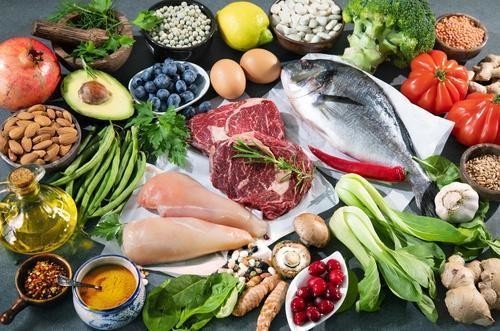
More tips for a healthy diet
- Too much fat is unhealthy and can lead to obesity and related diseases. 60 to 80g a day is enough. Caution! Fat is often hidden in meat & dairy products, pastries and fast food! Above all, eat healthy fats such as rapeseed, safflower and linseed oil. Unsaturated fatty acids are especially found in avocados, nuts and fatty fish such as mackerel and salmon.
- Use sugar and salt in moderation. There are many herbs and spices that make meals tasty.
- Drink enough – about two litres of fluid daily. Water and other low-energy drinks such as watered juice and herbal teas are best.
- And the best thing to remember is that food can be fun! Take your time and enjoy your meals. You’re doing yourself good, because healthy food is not only food for our cells, but also for our soul.
Overweight? Low-carb diet!
If you are overweight or diabetic, a low-carbohydrate diet might be ideal for you. An Italian study with overweight patients diagnosed with diabetes mellitus type 2 shows that low-carbohydrate Mediterranean food helps to lose weight faster and keep blood sugar levels stable. A German study also came to similar conclusions. However, always discuss health-related dietary changes with your doctor.
The conclusion: Vary your food and eat in moderation. Also try out new recipes, such as turbot on salad with mango slices. Enjoy!
What to do about skin problems?
What we eat and drink has a great influence on the health of our skin. Acne, psoriasis and other diseases can be caused by eating habits. Even small behavioural changes can help.
Skin diseases are often the result of internal illnesses and nutritional metabolic disorders. One example of this is acne, one of the most common skin diseases worldwide. Nutrition researchers have shown that acne only occurs in primitive tribes when they give up their traditional diet – before that they had no skin problems. Dairy products can also result in acne in young people.
The cause of this supposedly lies in the fluctuations in hormone levels. Milk is a real hormone cocktail and contains precursor molecules of testosterone, a male sex hormone which is significantly involved in the development of acne. Milk also contains the growth factor IGF-1, which is similar to insulin and stimulates testosterone production.
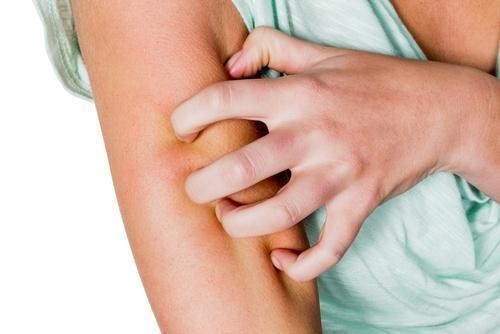
How to help your skin with healthy nutrition:
Coordinate your diet – in the case of psoriasis, a chronic inflammatory skin disease, the positive influence of a proper diet has been proven. The causes of psoriasis can be genetic or due to environmental factors, stress and medication. A diet matched to the illness can stabilise your body’s own defences, healing the skin and mucous membranes more efficiently. Therapeutic fasting can have anti-inflammatory effects and relieve itching and pain. One study showed that after a four-week calorie-reduced diet, the skin problems of the test subjects decreased significantly.
Eat healthily and drink enough: If you eat a balanced diet – with whole grain & dairy products and enough fruit and vegetables – and if you drink enough, you’re giving your skin the optimal supply base. Important: don’t avoid fat at all! Foods rich in poly-unsaturated fatty acids make the cell walls flexible and supple. They can then absorb nutrients more easily and also release metabolic end products. You should therefore make regular use of high-quality vegetable oils, nuts, seeds and high-fat fish. Bon appetit!
If possible, eat natural foods: Study subjects with chronic urticaria (“hives”), for example, underwent a diet without preservatives and dyes. They also avoided foods such as pineapple, strawberries and apricots, because their natural ingredients can cause seemingly allergic reactions. Within three weeks, 70 percent of patients were symptom-free.
Be patient and consistent. Whether it’s due to illness or for cosmetic reasons – if you want to do your skin some good by changing your diet, a change in your skin won’t happen overnight. It’s an ongoing project that is rewarded with patience. So stay tuned – it’s worth investing in a healthy diet.
Treat yourself to a alkaline bath
An alkaline bath is pure relaxation and cleansing – and it’s also highly recommended for skin problems. You can get the appropriate bath additives at the chemists. Try it out!
- A bath with alkaline additive gently opens the pores of your skin. It also supports the natural function of your skin in eliminating acids and toxins.
- Alkaline baths are suitable for all skin types and are particularly recommended for very dry and cracked skin. They also help with skin problems such as neurodermatitis and psoriasis.
- Important! Your alkaline bath should have a pH value of more than 8. Our blood, on the other hand, has a pH value of 7.4. The higher pH value in the bath water causes osmotic pressure to occur – and if we bathe longer than 30 minutes in an alkaline solution that has a pH value of more than 8, a physical law causes us to excrete acids via our skin pores.
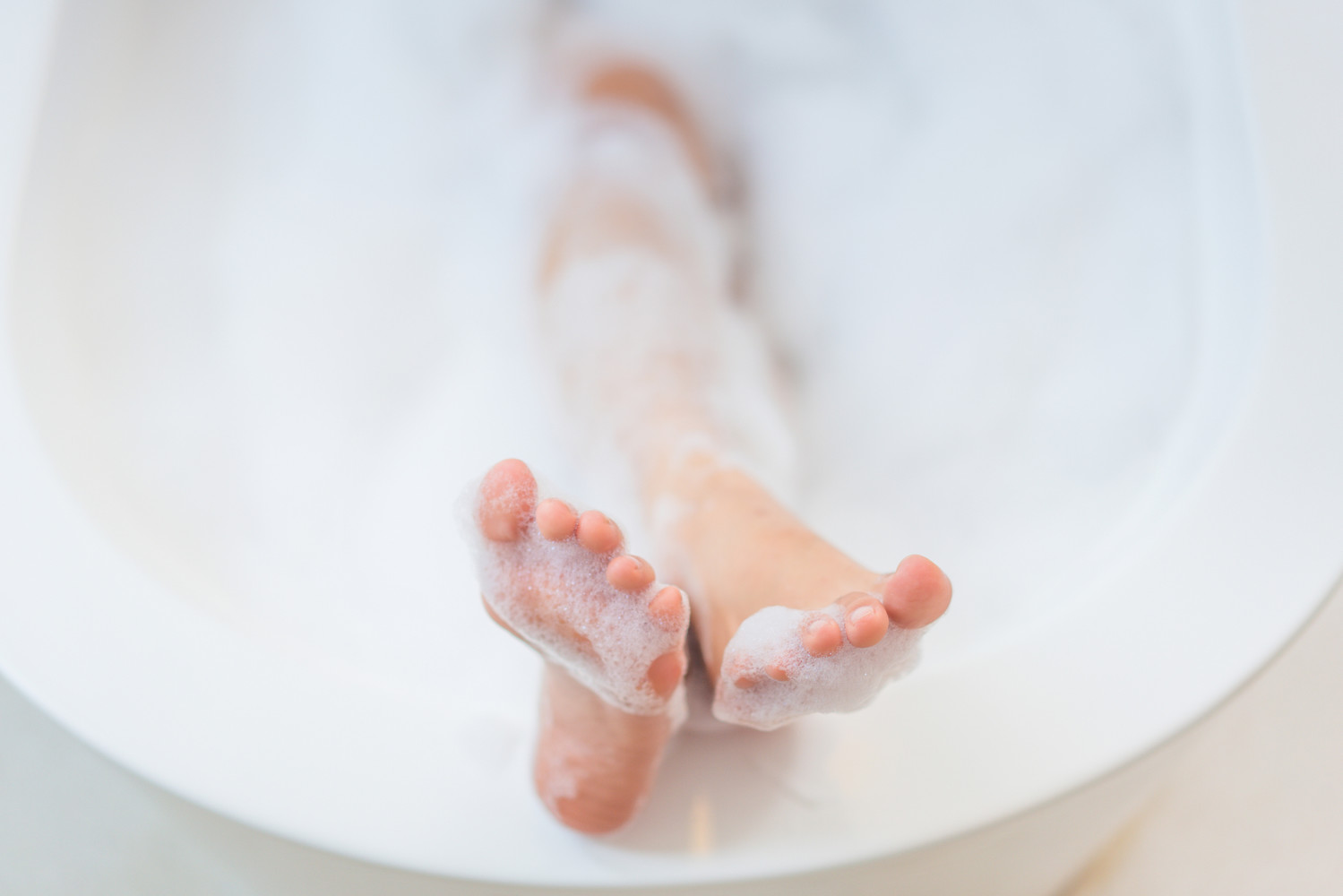
Tips for even more effectiveness and enjoyment
- The water temperature must not be too hot – it should be about body temperature.
- Take your time! The detoxifying effect only starts after around 30 minutes and is at its greatest after 90 minutes.
- Brush applications increase the effect! Rub your body every ten minutes with a massage glove in the direction of the lymph flow. Always start a brush massage with the blade moving away from your heart.
- Don’t shower after your alkaline bath – the alkaline minerals have a skin-caring and moisturising effect.
- After the bath, wrap yourself in warm towels and relax for about 30 minutes.
- For a change you can also treat yourself to a stimulating shower peeling: Shower your body with warm and cold water alternately. Then put some alkaline material in your hand, moisten it and massage the peeling into the moist skin until the minerals have completely dissolved. This stimulates your blood circulation, removes dead skin particles and makes your skin smooth and soft. After the peeling, it’s best not to take a shower – leave the alkaline minerals on the skin.
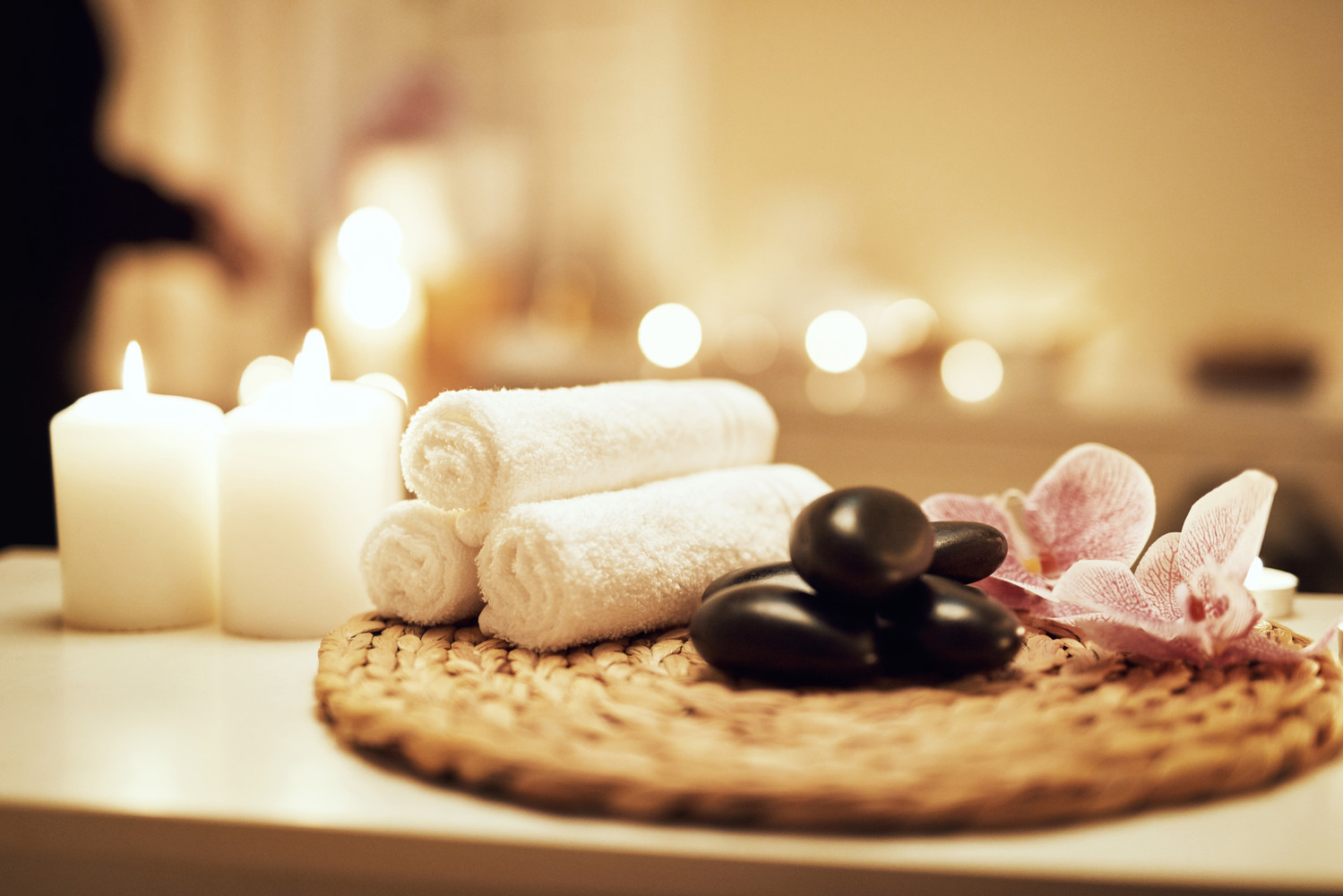
Spoil your senses – wellness for eyes and ears
Seeing, hearing, smelling, tasting, feeling – how conscious are you of your five senses in everyday life? Do something good for your perceptive organs. Here is our feel-good programme for your eyes and ears.
The facial sense – also called the visual sense – is our most important sensory perception. We register up to 10,000 individual optical stimuli within one second. Our brain summarises and interprets them in a flash. No wonder we often feel visually overexcited at the end of the day.
Our hearing is a constantly-alert background sense. The ears cannot be closed, so they are always attuned for reception. This highly-sensitive key organ can absorb 100,000 bits of information per second, but only a maximum of 30 reach our consciousness. Even in dreams, these bits of information don’t shut down. They inform, protect and warn us where our eyes cannot see.
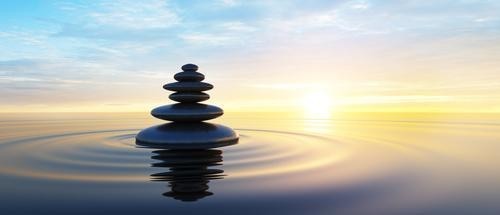
A relaxing tip for the eyes – palming
Palming creates intensive relaxation for your eyes – try it!
- Rub your palms against each other to warm them. Form both hands into a shell and cover the eyeballs with the palms of your hands, without touching the eyelids.
- Now close your eyes and enjoy the darkness behind your eyelids. Breathe deeply into this relaxation pose.
- To finish, first let your hands sink slowly down. Then open your eyes gently and as if in slow motion.
- Throughout the exercise, breathe in slowly and evenly through the nose and out through slightly open lips.
Relaxation tip for the ears – an oasis of silence
Give your stressed ears a regular rest!
- Lie down on your back, on a blanket spread out on the floor. Close your ears with earplugs.
- Slowly take five deep breaths. Listen to your inner self. Can you perceive your “inner sound”?
- Put your hands on your chest. Now breathe deeply in and out – slowly – five times. On your last exhalation, release all your tension from the chest. Repeat the same with your stomach and pelvic bone.
- Then place your hands next to your body. Listen to your inner sound once more – has it changed?
Smell, taste, feel – a sensuous programme
Have you tried our relaxation tips for eyes and ears? Three more senses await you on your wellness adventure. Here are our feel-good tips for your senses of smell, taste and touch.
The sense of smell and taste are closely linked. Did you know that your nose delivers about 80 percent of your taste information? It can perceive around 10,000 different smells. Our taste buds, each with 50 to 150 sensory cells, lie on the tongue. They can distinguish between sweet, sour, salty and bitter tastes.
However, artificial flavours, overly-flavoured food, medicines, illnesses and even ageing tend to make us forget how to taste intensively. The good news is – taste can be trained!
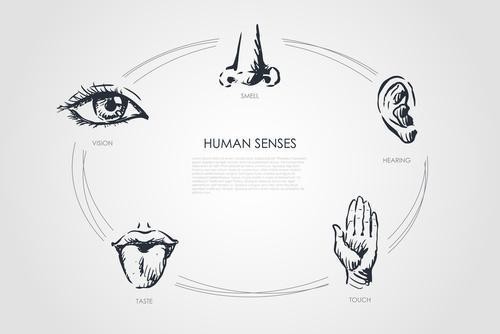
Tips for an excellent sense of taste
- Avoid ready meals and fast food if possible.
- Be curious – how about trying something new and unknown more often?
- Make sure you have enough time to eat. Look forward to the culinary enjoyment!
- Be careful though – try to eat conscientiously, without letting yourself be distracted by television, radio, reading, work etc.
- Eat slowly and ‘feel’ the taste. Close your eyes from time to time and concentrate on the food in your mouth. How are you experiencing your meal now?
Feeling and touching belong to our primal experiences – as unborn babies, we oriented ourselves on these senses in the womb long before we could hear or see. When we were babies and toddlers, we used them to explore the world. Is something angular or round, smooth or rough, cold or warm, wet or dry, hard, fluffy or flabby? We learned to distinguish all this with these senses – and – in the truest sense of the word – to really start to understand our world.
Sensitise your sense of touch – go barefoot
One special way to intensify the sense of touch is a barefoot path, on which you walk on a specially-designed walking track. You will experience various materials under the soles of your feet as particularly intense sensations and this will relax you in a soothing way. Many health resorts and communities now offer footpaths and barefoot hiking trails. The barfusspark.info (German) presents detailed barefoot paths and parks at home and abroad.
